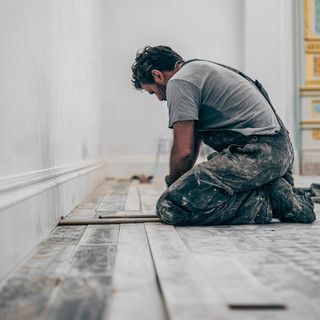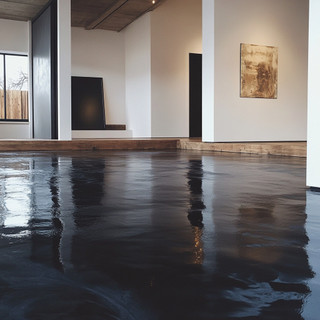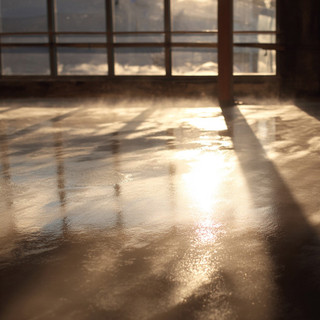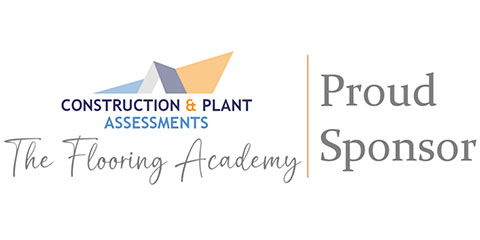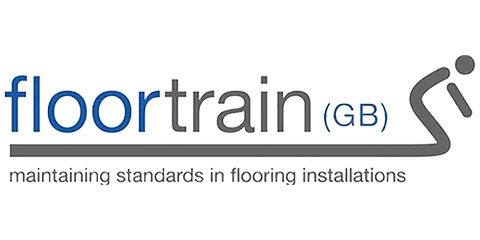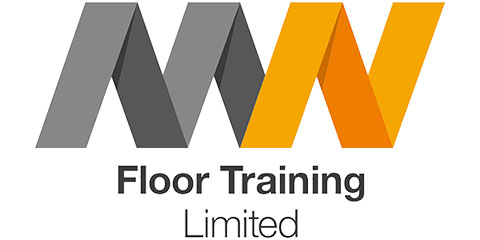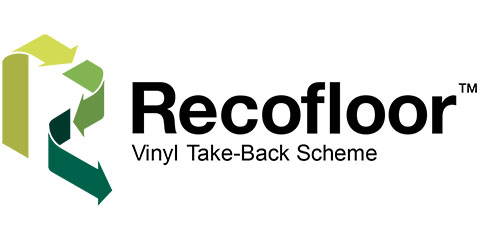What Is Floor Stripping and Why Does It Matter?
Posted by Teri-Ann Fisher on 12th Jun 2025
When it comes to keeping your floors looking their best, a regular mop and polish can only go so far. Over time, layers of wax, sealant, and general grime can build up, leaving your floor dull, discoloured, and uneven. That’s where floor stripping comes in.
Whether you're maintaining a school hall, a high-street shop, or a healthcare facility, understanding the floor stripping process is essential to ensuring both cleanliness and safety.
What Exactly Is Floor Stripping?
Floor stripping is the removal of the top layers of finish, wax or sealant from a hard floor surface. It’s essentially a reset button for your flooring, preparing it for a fresh application of polish or sealant and restoring it to a clean, like-new condition.
This process is most commonly carried out on:
- Vinyl composition tile (VCT)
- Linoleum
- Rubber flooring
- Sealed concrete
- Some hardwoods (depending on finish type)
The Floor Stripping Process – Step by Step
Applying the Stripper
A specially formulated floor stripper is applied to the floor surface. This solution breaks down the layers of old wax and polish.
Agitating the Surface
Using a rotary floor machine or scrubber fitted with a stripping pad, the floor is agitated to loosen the existing finish. Edges and corners may require manual scrubbing.
Removing the Slurry
The now-liquefied wax and debris, often called slurry, is removed with a wet vacuum or mop.
Rinsing Thoroughly
It’s important to rinse the floor several times to remove all chemical residue. Any leftover stripper can interfere with the application of new polish or sealant.
Drying the Floor
The floor is left to dry completely before refinishing. At this point, the surface should be clean, residue-free, and ready for sealing or waxing.
Why Is Stripping Necessary?
Think of it like giving your floor a fresh start. Over time, repeated coats of polish build up and trap dirt. This not only affects the appearance, but can also lead to slippery surfaces, uneven wear, and even floor damage.
Benefits include:
- Restored shine and clarity
- Safer walking surfaces
- Better results when applying fresh polish or sealant
- Longer lifespan for your flooring investment
Caution: Not for Every Floor
While highly effective, floor stripping is not suitable for all floor types. Natural stone, certain types of wood, and unsealed surfaces may be damaged by the chemicals used. Always consult your floor manufacturer’s guidelines, or speak to a professional, before proceeding.
Additionally, it’s important to:
- Use appropriate PPE (gloves, goggles, ventilated area)
- Schedule the work during off-peak hours to allow drying time
- Follow all health and safety guidelines
Final Thoughts
Floor stripping may not be the most glamorous job, but it’s an essential part of professional floor care. When done correctly, it not only rejuvenates the appearance of your floors, but also improves safety and prepares them for long-lasting protection. Whether you’re a facilities manager or a cleaning professional, having the right knowledge, and the right products, will make the process smoother, safer, and far more effective. If you need advice on stripping solutions, rotary machines, or sealing products, feel free to get in touch, we’re always happy to help.


